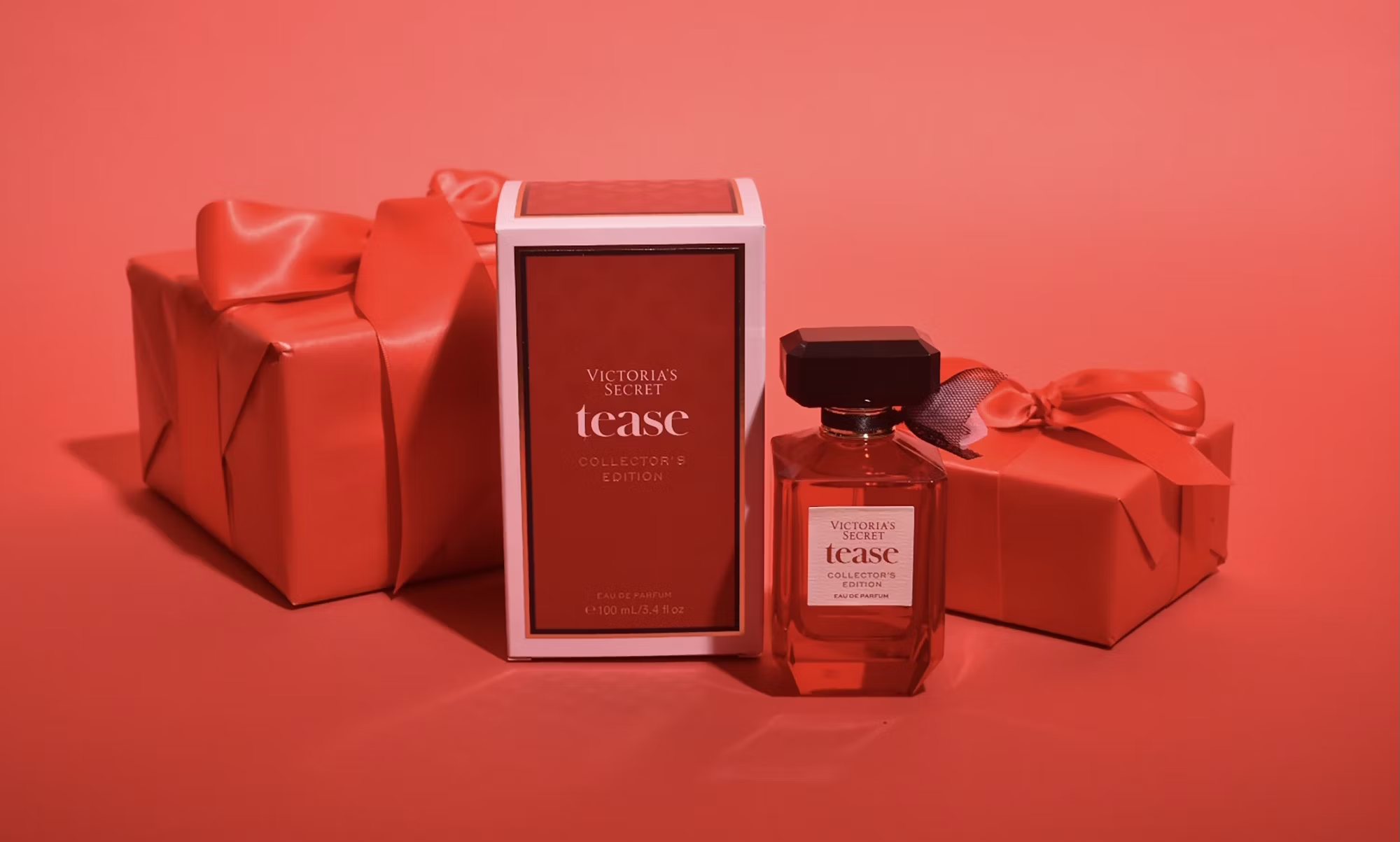In recent years, the beauty industry has witnessed a significant shift towards sustainability, with consumers becoming increasingly aware of their environmental impact and the importance of ethical practices. As awareness grows, brands are adapting to meet the demand for eco-friendly products, leading to a remarkable transformation in how beauty is perceived and marketed. This article delves into the rise of sustainable beauty, examining the principles behind eco-friendly products, the practices brands are adopting, and the impact on consumers and the planet.
Sustainable beauty is defined by its commitment to minimizing harm to the environment while promoting ethical sourcing and production. At its core, sustainability in beauty encompasses several key principles: reducing waste, using renewable resources, and ensuring ethical labor practices. As consumers become more conscientious about their purchasing decisions, they seek products that align with their values, driving brands to innovate and adopt more sustainable practices.
One of the most visible changes in the beauty industry is the increased availability of eco-friendly products. Brands are now prioritizing natural ingredients over synthetic ones, using formulations that are free from harmful chemicals and artificial additives. This shift not only benefits the environment but also appeals to consumers looking for gentler alternatives for their skin and hair. Ingredients such as organic botanicals, plant-based oils, and sustainable extracts are becoming staples in many beauty lines, reflecting a growing preference for transparency and health.
Packaging plays a crucial role in sustainable beauty. Traditional beauty products often come in single-use plastic containers, contributing to the growing problem of plastic waste. In response, many brands are adopting eco-friendly packaging solutions, such as biodegradable materials, glass containers, or refillable systems. For example, brands like Lush and Aveda have pioneered innovative packaging initiatives, encouraging customers to return containers for reuse or offering incentives for recycling. These practices not only reduce waste but also foster a culture of sustainability among consumers.
Moreover, brands are increasingly focused on ethical sourcing and production practices. This means ensuring that ingredients are harvested in a way that does not harm ecosystems or deplete natural resources. For instance, fair trade practices are gaining traction, where producers receive fair compensation for their labor and contributions. This approach not only empowers communities but also builds trust and transparency between brands and consumers. Brands that prioritize ethical sourcing are often more appealing to consumers who value social responsibility and wish to support companies that contribute positively to society.
Another significant aspect of the sustainable beauty movement is the rise of clean beauty, which emphasizes the use of non-toxic ingredients and environmentally friendly formulations. Clean beauty products avoid harmful chemicals such as parabens, sulfates, and phthalates, making them safer for both consumers and the planet. The clean beauty movement has led to an explosion of new brands and product lines, giving consumers a plethora of options while ensuring that their beauty routines do not compromise their health or the environment.
The impact of sustainable beauty extends beyond individual products; it encompasses the entire lifecycle of a product, from sourcing and manufacturing to packaging and disposal. Many brands are taking a holistic approach, implementing sustainable practices at every stage of production. This includes using renewable energy sources in manufacturing facilities, reducing water consumption, and ensuring that byproducts are repurposed or recycled. By adopting these practices, brands not only contribute to a healthier planet but also set a standard for others in the industry to follow.
As consumers become more educated about the impact of their choices, they are increasingly advocating for sustainability in beauty. Social media platforms and online communities have provided a space for discussions about ethical practices, allowing consumers to share their experiences and recommendations. This heightened awareness has led to a demand for brands to be transparent about their practices, pushing them to communicate their sustainability efforts more effectively.
The rise of influencer culture has also played a pivotal role in promoting sustainable beauty. Many beauty influencers and advocates are championing eco-friendly products, sharing their journeys toward more sustainable routines, and raising awareness about environmental issues. Their platforms allow for greater visibility of sustainable brands, encouraging their followers to make more conscious choices in their beauty purchases.
Additionally, the COVID-19 pandemic has further accelerated the shift toward sustainability in beauty. With many consumers reevaluating their lifestyles and priorities, there has been a noticeable increase in interest in products that promote self-care and well-being. Brands that emphasize natural, holistic ingredients have seen a surge in popularity as consumers seek comfort in their beauty routines. This trend underscores the connection between personal well-being and environmental health, encouraging consumers to choose products that are good for both themselves and the planet.
Looking ahead, the future of sustainable beauty appears promising. As more brands commit to eco-friendly practices and consumers continue to demand transparency and ethical standards, the industry is likely to evolve further. Innovations in biodegradable materials, sustainable sourcing, and cruelty-free testing are just a few areas ripe for exploration. The beauty industry has the potential to lead the way in sustainability, serving as a model for other sectors to follow.
In conclusion, the rise of sustainability in beauty marks a significant evolution in consumer values and industry practices. As consumers increasingly prioritize eco-friendly products and ethical sourcing, brands are adapting to meet these demands through innovation and transparency. This shift not only benefits the planet but also empowers individuals to make informed choices about their beauty routines. By embracing sustainable beauty, consumers can contribute to a healthier environment while enjoying the benefits of high-quality, ethically produced products. The future of beauty is not only about looking good but also about feeling good about the choices we make for ourselves and the world around us.
